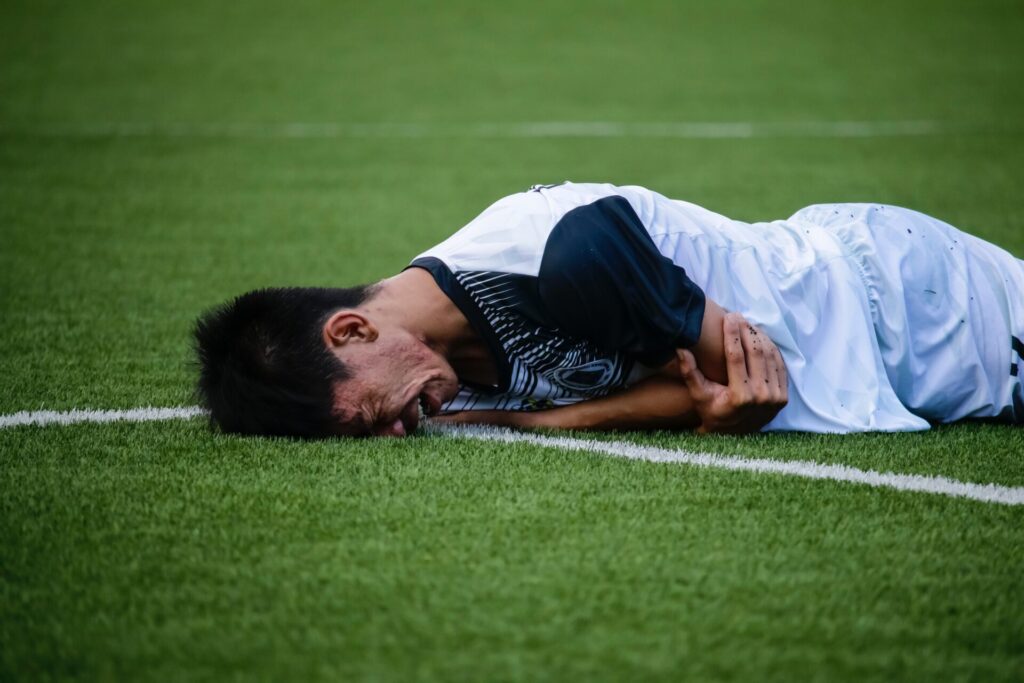Rehabilitation and Recovery: The Role of Physical Therapy in Brachial Plexus Injury
Introduction:
Physical Therapy is an important tool in the rehabilitation of many different kinds of injuries, including Brachial Plexus Injury (BPI). This injury is caused by damage to a bundle of nerves in the neck and shoulder region that control arm movement. The muscles for movement in the arm, hand, wrist, and fingers are affected, and physical therapy can be crucial in helping those with BPI recover.
Physical therapy can assist in regaining full or partial range of motion and strength in the affected limb, among other benefits. The article will explore what to expect from physical therapy for BPI, including common exercises that may be prescribed, as well as how to recover and prevent re-injury. Additionally, resources for further information on BPI physical therapy will be provided.
What To Expect at Physical Therapy:
Before beginning physical therapy treatment for BPI, it is important to have a thorough evaluation done by a qualified healthcare professional such as an orthopedic surgeon or physical therapist. During this evaluation, the extent of the injury will be assessed and treatment recommendations will be provided accordingly. Following the initial evaluation, there may be additional treatments provided such as manual therapies or modalities to help reduce pain or swelling prior to beginning exercises specifically tailored towards rehabilitation of BPI. The physical therapist may also review safety measures with you during your initial visit such as proper body mechanics or use of adaptive equipment if necessary.
Types Of Exercises For Brachial Plexus Injury:
- Shoulder shrugs: improves range of motion
- Shoulder blade squeezes: aids in strengthening scapular stabilizing muscles
- Wall slides: targets shoulder girdle mobility
- Wrist curls: aid in strengthening extensor muscles
- Open-close hand squeeze balls: help strengthen grip
- Finger pinch activities: promotes dexterity
- Supination/pronation movements: help increase forearm strength
- Elbow flexion exercises: strengthen biceps and triceps
- Stretching exercises: targets areas including shoulders, elbows wrists, and fingers
All these exercises have been prescribed by physical therapists to rehabilitate brachial plexus injury. They are beneficial in restoring partial or full movement to affected areas while also preventing further complications that may develop due to immobility caused by injury.
How Long Does Recovery Take?
The duration of recovery time for someone with BPI depends largely on how severe their injury is and what type of treatment they receive following their diagnosis. Generally speaking, most people begin to feel improvement after 6-12 months however it could take up to 2 years before full recovery is reached depending on both patient compliance with their treatment plan as well as the effectiveness of said plan itself. It should also be noted that as healing progresses it is likely that new exercises will need to be added into a person’s routine in order for them to stay ahead in terms of progress made toward regaining mobility lost due to BPI.
How Physical Therapy Prevents Re-Injury:
Physical therapy plays a crucial role in the recovery process from BPI. It addresses re-injury prevention by attending to imbalances caused by the initial injury. Corrective exercises help your physical therapist restore proper muscle length and strength in affected areas. This not only helps to minimize pain associated with movement or immobility but also strengthens weakened muscles in areas such as shoulders, wrists, and elbows that could otherwise become compromised. Additionally, physical therapists provide expert guidance on form maintenance for specific exercises and activities to prevent further harm or discomfort.
Conclusion:
Brachial plexus injuries are grave and demand medical attention for an accurate diagnosis and treatment. In addition to traditional medical treatments, physical therapy constitutes a vital part of the rehabilitation process as it restores muscle balance, strength, and mobility, and concurrently mitigates the possibility of future relapse. Through consistent focus on physical therapy, BPI patients can augment their chances of complete recovery and regain a pain-free lifestyle.

